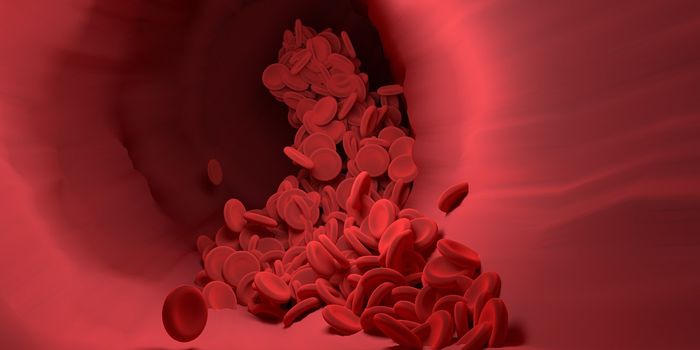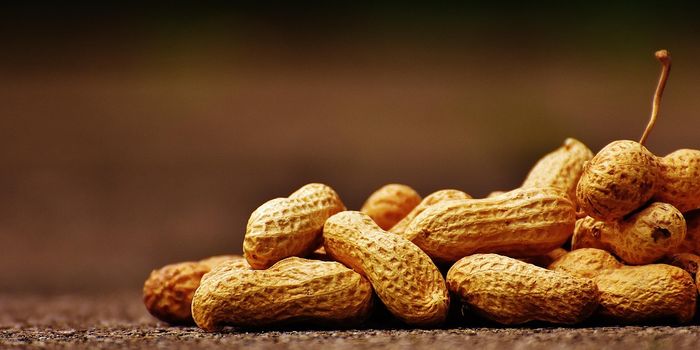Measles Vaccine Protects Against More Than Just the Measles
There is more to the measles vaccine than just protection from a measles infection, a new Frontiers study shows. A monumental new study of 38,000 children in Ghana reveals the importance of administering the measles vaccine at a specific time.
In the largest study of its kind, researchers found that the measles vaccine protects against child mortality independently of measles infections. Measles is an infection caused by a virus characterized by high fever, cough, runny nose, and red, water eyes. A vaccine to prevent measles was first developed in 1963, and now is usually given in combination with vaccines to prevent two other infections, mumps and rubella, via the MMR vaccine.
Measles is considered a childhood “killer disease,” falling alongside tuberculosis, diphtheria, tetanus, pertussis, and polio, making it apart of mass immunization programs to eliminate the virus once and for all.
In the past, studies on measles vaccination focused on when the measles vaccine was administered in relation to other vaccines. Researchers found that there was lower child mortality when the measles vaccine was given to children after the third round of the DTP3 vaccine, which protects against diphtheria, tetanus, and pertussis. This order of vaccine administration is recommended by the World Health Organization (WHO). Researchers saw this effect compared to measles vaccines given before DTP3 or with DTP3.
In the present study, researchers focused on how all-cause child mortality is affected when a child’s most recent immunization is a measles vaccine. With 38,000 children from Ghana, researchers examined survival differences between children given the measles vaccine after the DTP3 vaccine (as recommended by the WHO) and children who were not vaccinated against measles at all.
Researchers assessed survival in the first year after recording a child’s vaccination status and the again four to five years later. The study revealed that survival rates of children who received the measles vaccine increased by 28 percent in the first year after vaccination and 18 percent by the time they reach five years old, this compared to children who were not vaccinated.
This part of the result is not surprising, but the protective effect of the vaccine was not diminished when researchers excluded from the analysis the children who had died from measles, revealing the protective effects of the measles vaccine beyond prevent measles infection.
Interestingly, the protective effect of the measles vaccine was particularly evident among boys, but scientists are not yet sure why.
"Evaluations of immunization programs are usually based on the assumption that vaccines only protect against specific diseases," explained lead author Dr. Paul Welaga from the Navrongo Health Research Centre in Ghana. "Our new study adds to growing evidence that, when administered in the recommended sequence, measles vaccination helps to reduce child mortality through non-specific effects as well."
Researchers from the study plan on investigating the differences in the protective effect of the measles vaccine between males and females. Also, they plan to determine what specific benefits the vaccine provides other than preventing measles infection.
"It may be that measles infection is eliminated in the near future and thus measles vaccination is de-emphasized,” Welaga pointed out. “But if the non-specific beneficial effects of measles vaccination are indeed positive then we should consider continued vaccination even if measles is eradicated."
The present study was published in the journal Frontiers in Public Health.
Sources: Frontiers, Centers for Disease Control and Prevention









